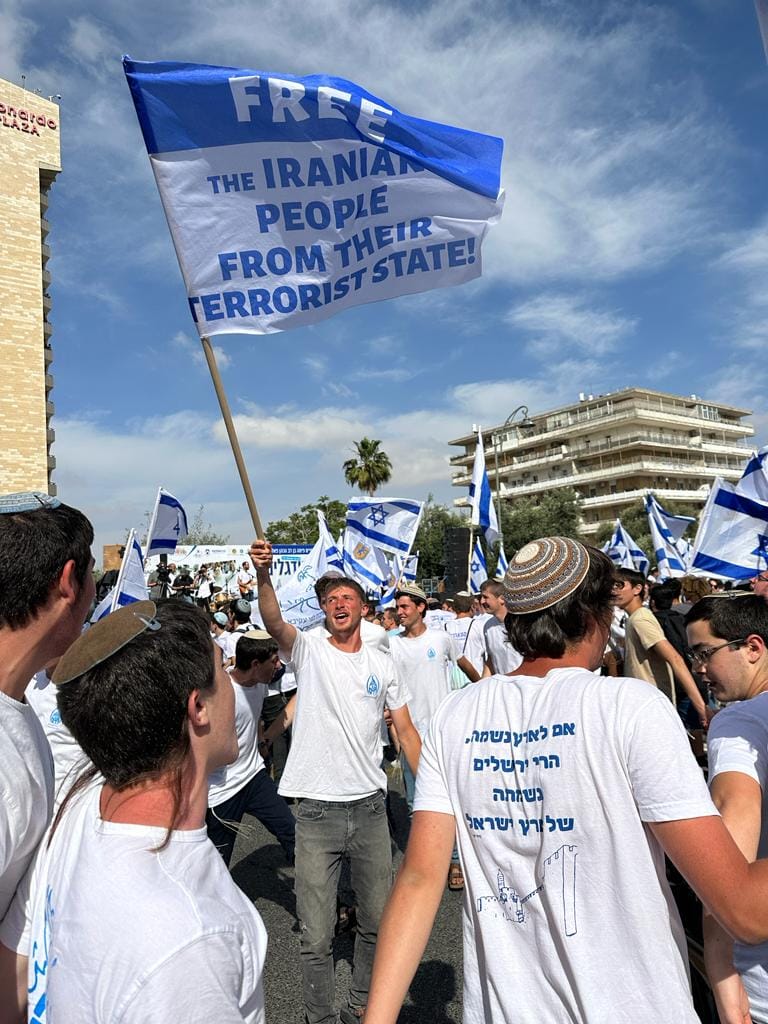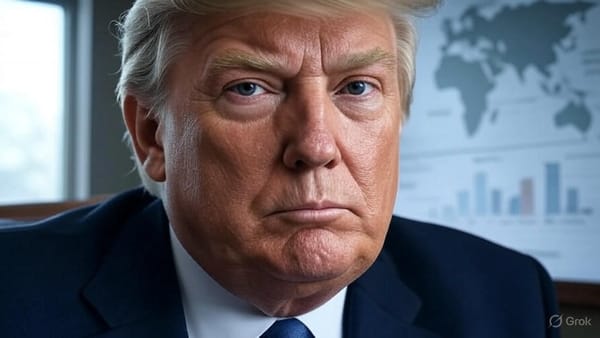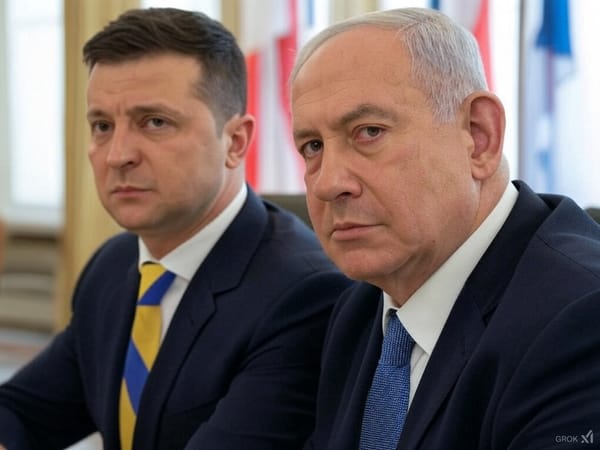The Unbreakable Union of Iranians and the Jewish People
From Cyrus the Great’s liberation of Jews to modern solidarity between Iranians and Israelis, this article explores their deep historical ties, shared struggles, and hope for Middle East peace.

Throughout history, Iranians, dating back to the time of Cyrus the Great—a man who was a harbinger of peace and the author of the first human rights charter over 2,500 years ago—strove to liberate the Jewish people, who were held captive by the Babylonian ruler, and succeeded in doing so. For this reason, Cyrus is referred to as a prophet in the Hebrew Bible. Although he was the founder of modern-day Iran, Jews lived freely within the Persian Empire, coexisting peacefully with other ethnicities and religions. This historical bond marked the beginning of a deep and enduring relationship between the two nations that persists to this day.
Following the Arab invasion of Iran, many Iranians were either forced to adopt Islam or, even if they willingly embraced the religion, preserved their authentic Iranian culture. Traces of this culture can be seen in what is mistakenly referred to today as "Islamic architecture" during the so-called Golden Age of Islam under the Abbasid era. This rich Iranian culture continued to allow Jews, Armenians, Assyrians, and followers of other religions to live in peace alongside the Iranian people. Although genealogically, Judaism traces its roots to the Semitic people and Iranian identity to the Indo-European lineage, the cultural exchange over thousands of years has so intertwined these two nations that, centuries later, it has astonished observers of the political and social landscapes of Iran and Israel.
In the most recent events between these two nations, we can point to the convergence following the government brutal killing of Mahsa Amini and the terrorist operation "Al-Aqsa Storm" on October 7, 2023. During the "Woman, Life, Freedom" movement and the Iranian people’s civil struggle against the totalitarian and occupying Islamic Republic regime, Israeli parliamentarians, like many nations committed to the values of democracy and free expression, voiced support for the Iranian people. Following these messages, Crown Prince Reza Pahlavi, the most prominent political figure opposing the Islamic Republic, traveled to Israel to discuss the restoration of political, economic, and cultural ties after the regime’s collapse, in line with the Cyrus Accords and the extension of the Abraham Accords. This visit was warmly received by Israel’s cabinet and parliament. The event not only boosted the popularity of the exiled prince but also garnered widespread support from the Iranian people, with hashtags promoting peace in the Middle East through the return of the Pahlavi dynasty trending online.
This solidarity was once again demonstrated by the Iranian people following the October 7 terrorist attack by Hamas. While a massive wave of anti-Semitic movements emerged in universities and streets across Western countries, Iranians, despite the Islamic Republic’s propaganda, responded decisively in the early days of the conflict. At a 100,000-seat sports stadium, the crowd’s reaction to the Palestinian flag was so harsh and offensive that I refrain from quoting it directly, but the gist was: "Shove the Palestinian flag where it belongs." This solidarity extended to the streets of free nations as well. With over 8 million Iranians in the diaspora worldwide, the Mahsa movement saw widespread participation from these individuals in street protests, standing in solidarity with those inside Iran to overcome the Islamic Republic regime. However, even after this movement subsided, these same diaspora Iranians rose in defense of the Jewish people of Israel—who had been brutally taken hostage, raped, assaulted, or massacred by Hamas terrorists—showing their support. Numerous images of Israeli flags alongside Iran’s ancient flag featuring the Lion and Sun—the official flag during the late Shah’s era—circulated widely online.
This solidarity has recently been reciprocated by the Jewish people as well. Not long ago, I came across an image online that inspired me to write this article: a group of Jews living in Europe had taken to the streets in support of the Iranian people. The Iranian people—kind and long-suffering—have, over 46 years of oppression, corruption, and military mafia rent-seeking under the Islamic Republic, seen more than half of their population fall below the poverty line. These are the same people who lived regal lives during the reign of Mohammad Reza Shah. Hence, he was called "Shahanshah," meaning "King of Kings," signifying that every Iranian was a king in their own right, and the Shahanshah was their king. These people have repeatedly tried to rid themselves of this regime: from the failed military coup in the early years, the activities of opposition groups abroad whose members were assassinated by regime agents on European soil, the unsuccessful reform project, the Green Movement that continued that effort yet failed to succeed, the uprisings of 2017 and 2019 met with live ammunition, massacres, torture, and internet blackouts to suppress them in silence, to the Mahsa movement—whose details exceed the scope of this article but collectively demonstrate the people’s resolve for liberation.

This convergence between the people of Iran and Israel is remarkable because, while during the Mahsa movement, people and politicians from free nations expressed solidarity, it quickly faded into oblivion after subsiding, replaced by other issues. But this is not the case with the people of Israel. The Iranian and Israeli people share a common enemy. As heard from ordinary people on platforms like X and Clubhouse, Israelis feel a duty to help the Iranian people free themselves from their usurping rulers, just as Cyrus the Great once liberated them from the clutches of Babylonian rulers. Here’s to the hope of restoring peace and security to the Middle East.



